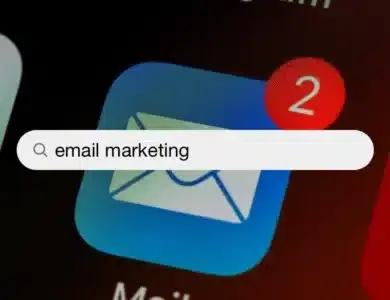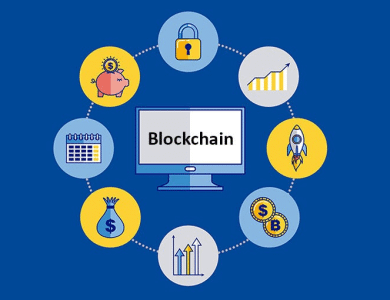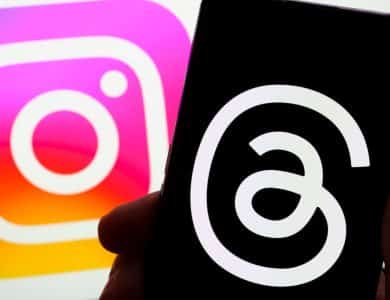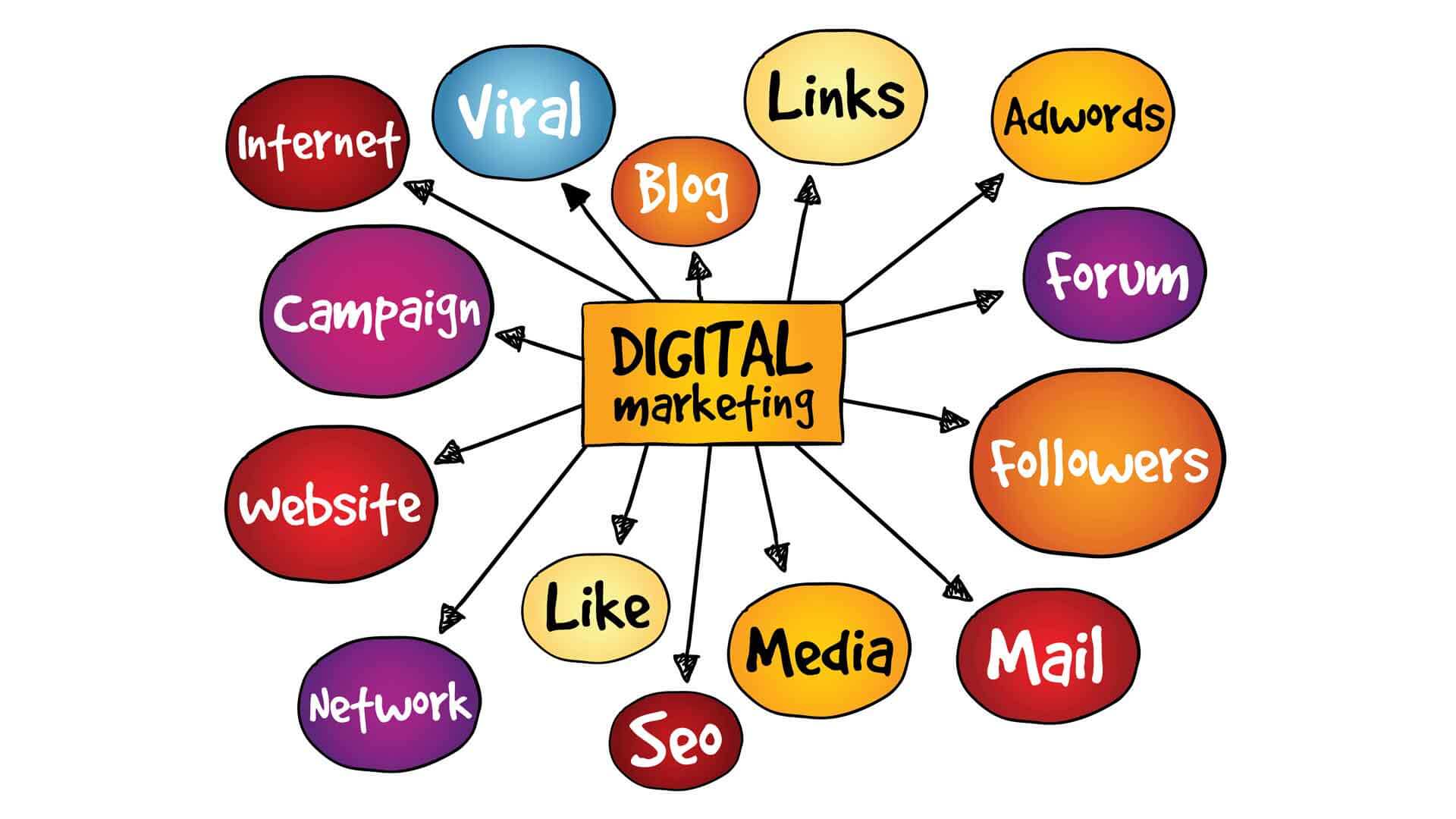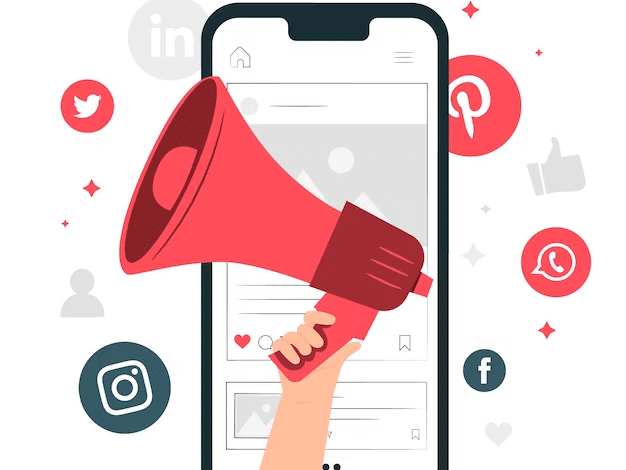
Table of Contents
If you’re looking for a way to grab a lot of people’s attention while marketing your brand on social media—influencer marketing just might be for you. But what is influencer marketing?
It is a unique intersection of old and new marketing methods. Where brands use detailed social media marketing campaigns to advertise their products, teaming up with influencers—instead of the traditional ‘celebrity endorsement’
Billions of users exist on social media. They trust people they follow, and that’s why it will be a good idea to get in touch with people (influencers) with a ton of followers and engagements. These influencers have a dedicated niche, ready to listen to them.
When you collaborate with an influencer, you’re getting your product in front of so many eyes—which can directly lead to conversions.
We’ll look at what is influencer marketing? the benefits of brands advertising on social media, and how to start formulating a simple influencer marketing strategy.

What is Influencer Marketing?
Influencer marketing is any process where brands collaborate with individuals with substantial followings to boost brand awareness and market their business/product.
Standing out on the Internet in this digital age has gotten harder and harder for brands and companies because of the noise from everyone (brands) speaking and marketing all at once.
With influencer marketing, you harness the power and reach of individuals who have carved out very dedicated niches and audiences for themselves on social media. We already know social media is currently one of the pillars of any successful marketing strategy and funnel campaign—with billions of users, as well as millions more joining each year.
For instance, when Youtube star PewDiePie joined forces with horror filmmakers, creating a series of videos where he would undergo some tasks in catacombs (the movie was a horror flick set in French catacombs located under the city of Paris). The videos he created got almost double the views, from his 111 million subscribers, as the movie’s own original trailer.
This is one of the earliest examples of influencer marketing and a rather simple one. Because although PewDiePie is a Youtuber, he’s pretty much a mini-celebrity too. Influencer marketing may look very different from this example for you. For now, take note of the different kinds of influencers;

- Mega Influencers; These influencers have followers ranging in the millions. They are usually celebrities or public figures with a diverse audience—like Lionel Messi, or Selena Gomez. They’re best suited to advertise for luxury brands or large corporations.
- Macro-Influencers; These are people with between 100,000 to 1 million followers. They have a more targeted audience, as their crowd usually share similar interests—and follow them because they’re thought leaders and extremely active content creators within their fields. Startups, hotels, and airlines are some of the businesses that would benefit from utilizing this tier of influencers.
- Micro-influencers; They have followers between the ranges of 10,000 to 100,000. These are popular personalities on Twitter, Instagram, and Tiktok. They have a highly engaged and carved-out audience that interacts with them very well. These influencers are the most popular with marketers for their affordability and highly specific engagements. They also have a 60% higher engagement rate than macro influencers.
- Nano-influencers; Have below 10,000 followers but they usually have the best bond with their audience. They can be great for businesses targeting extremely specific communities.
So how does influencer marketing work?
The key is finding an influencer who aligns with your brand’s values and ideals and also is in a similar field of content production. So if you’re making shampoo, you wouldn’t want to enlist the help of gamer influencers—you’d want to work with beauty influencers instead.
After finding a suitable influencer, you can reach out to them. Interact with them and find ways to strike a deal. Remember, marketing is just a conversation at the end of the day. You want to discuss your offer and how they can benefit from it.
You can also market to them first, with newsletters and simple interactions on their posts. Selling them on the idea of selling your brand and boosting your brand presence. And repeat this process if you want to work with multiple influencers—which is a possibility.

How Effective is Influencer Marketing?
Google has seen a 465% increase in searches for the term ‘influencer marketing’ since 2016, but that’s just the beginning. Influencer marketing is reported to have a return on investment of $5.2 for every $1 that a business spends.
These numbers are impressive when you also look at how influencer marketing had grown to $16.4 billion in 2022. To add to this 92% of consumers trust influencers over ads–making the medium highly effective for building credibility and actually making conversions.
Here are the other main benefits of influencer marketing:
- Attracting relevant leads: When you collab with the right influencers, the audience is already interested in whatever you’re offering. What will matter at this point is how engaging and persuasive your content production is and how you turn these leads into customers.
- Build credibility: Building credibility is hard for a new or upstart brand. Social media users trust the influencers they follow as thought leaders within a given field of expertise. This means that this sort of influencer working to market your product will boost your credibility.
- Raise brand awareness: An effective influencer marketing campaign will boost your brand awareness, and even improve your social media presence. Your influencers’ followers may follow you to see more of your content and posts if it’s something they resonate with.
- Cost-effective: As we saw briefly earlier, businesses see high ROIs when employing influencer marketing. Companies have seen up to $18 ROI on a dollar spent from partnering with the right influencers.

But of course, there are cons to almost everything, and influencer marketing isn’t an exception. Because partnering with the wrong influencers can be fatal for your business. If an influencer’s audience is somewhat different from your target audience, results will be few and far between.
Worst of all, if an influencer is involved in a scandal or adverse situation—it can directly reflect on your brand since you ‘endorse’ them. They’ll drag your business down with them.
However, with proper research and actually interacting with your proposed influencers, you can avoid these limitations and choose the right influencer for you.
Things To Note
Some important things to note about influencer marketing;
- Influencer marketing isn’t just about working with the most popular influencer. Smaller influencers tend to have a more switched-on and active audience, and some huge accounts get low engagement. You also want someone that aligns with your brand vision.
- Influencer marketing is about methodology and not quick results—similar to content marketing. You have to be ready to research, a/b test, and measure progress. Don’t just hope something sticks and you receive loads of sales.
- You’re marketing to influencers to market TO their audience. So also focus on nurturing those influencer leads. Advertising to them, and convincing them to partner with your brand will be worth their while—as well as good for their growth.
- How to Pay Influencers: Influencer fees can range from $5 per post to millions. It entirely depends on the influencers you choose, so make sure you choose the right fit for your brand in content alignment, character, and budget size. You also want to prepare contracts for the influencers you work with. This ensures everyone knows their roles and what to expect/is expected of them.

How To Run An Influencer Marketing Campaign: Case Study
To create an influencer marketing campaign, you will want to follow these steps carefully:
- Identify your goals and how they’re connected to influencer campaigns. What are your business goals and social media goals? How can you track these goals? How does influencer marketing work for those goals, and how will you track its success? You need to cover all these questions and understand your target.
- Know your audience. Your ideal customer, their pain points, and their social media of choice are vital for a marketing campaign utilizing influencers. An influencer on Tiktok may not have the same reach on LinkedIn, or Twitter.
- Define the Best Influencer for your brand based on the first two points after looking at your goals and your audience. You want to determine the best influencer for your brand. The best influencer will be the one whose content already links to what your brand is about. This will help you connect easier with their audience—since they already consume content that’s related to your business. Also, consider things like your budget and the character of an influencer when making this selection.
- Always track and measure progress. You want to ultimately track your metrics, observe patterns and measure the success of the marketing campaign. It’s easy to get valuable data on your influencer marketing efforts since a lot of social media sites offer inbuilt insight tools that are easily accessible. You want to look at what’s working and what may need to change.
A BRIEF CASE STUDY: ICELAND GROCERIES

Iceland Groceries, a UK-based frozen food brand, had a not-so-simple goal—rescue its customer approval rating that had freefallen to 10%.
Iceland had been using celebrities to market its products, but the ROI was not anything encouraging. This was mainly because these celebrities didn’t resonate with Iceland’s target audience, the average consumer didn’t see themselves in these big shots.
After a year of brainstorming, they pivoted. Started using micro-influencers, especially mommy influencers. They were now targeting the everyday person with User Generated Content—with the sole aim of deepening the bond between customers and Iceland products.
The result of this application of influencer marketing was;
- Approval rating increased from 10% to 70%
- A 59% retention rate on Youtube, and
- A 55% retention rate on Facebook videos
It worked. Better than they could ever hope. It proved the phrase “the data doesn’t lie”.
Frequently Asked Questions About Influencer Marketing
What is An Influencer Marketing Strategy?
An influencer marketing strategy is a plan that leverages social media creators who can easily influence specific niches and target audiences to influence their buying decisions. Through carefully arrayed messaging, you can work with influencers to improve brand awareness and promote your products or services, and achieve a successful strategy.
What Are The 3 R’s of Influencer Marketing?
The 3 R’s of influencer marketing are relevance, reach, and resonance.
- Relevance: This means influencers will share content that’s relevant to your industry and business. Making marketing goals attainable.
- Reach: This refers to the number of individuals that can be reached through the influencer’s followers.
- Resonance: How does the influencer leave a mark on an audience? Resonance is the level of engagement an influencer can create with the tools at their disposal, like their ideas and challenges on platforms like TikTok.
How Do You Create An Influencer Marketing Strategy?
You can create a unique influencer marketing strategy by using these base guidelines in combination with your business’ distinct style:
- Determine your campaign goals and brand messaging for the target audience.
- Finding the right influencers with payment terms that are affordable and reasonable for your business goals.
- Set your budget and a management plan for the entire influencer marketing process.
- Know how and where to find your influencers. Will you send newsletters? Can your business interact with the social media accounts of digital creators? Talk to them in a way that’s human and approachable.
- Consistently review your strategy, measure results, and refine it.
What Are The 4 P’s of Influencer Marketing?
The 4 P’s of marketing are usually repurposed for influencer marketing. And these P’s are place, price, placement, and promotion.
Conclusion
We’ve covered quite a bit. We defined how influencer marketing is simply brands and influencers teaming up to market the brand’s products and increase brand awareness, ultimately boosting conversions.
We also took a look at how influencer marketing works and why it works so well. Being that it’s a cost-effective medium that can target very specific audiences.
We looked at other key details like being patient with your influencer marketing plan and knowing that a massive account doesn’t always equal great leads.
And then we did a case study with Iceland groceries, tying in the section on how to formulate an IM campaign.



